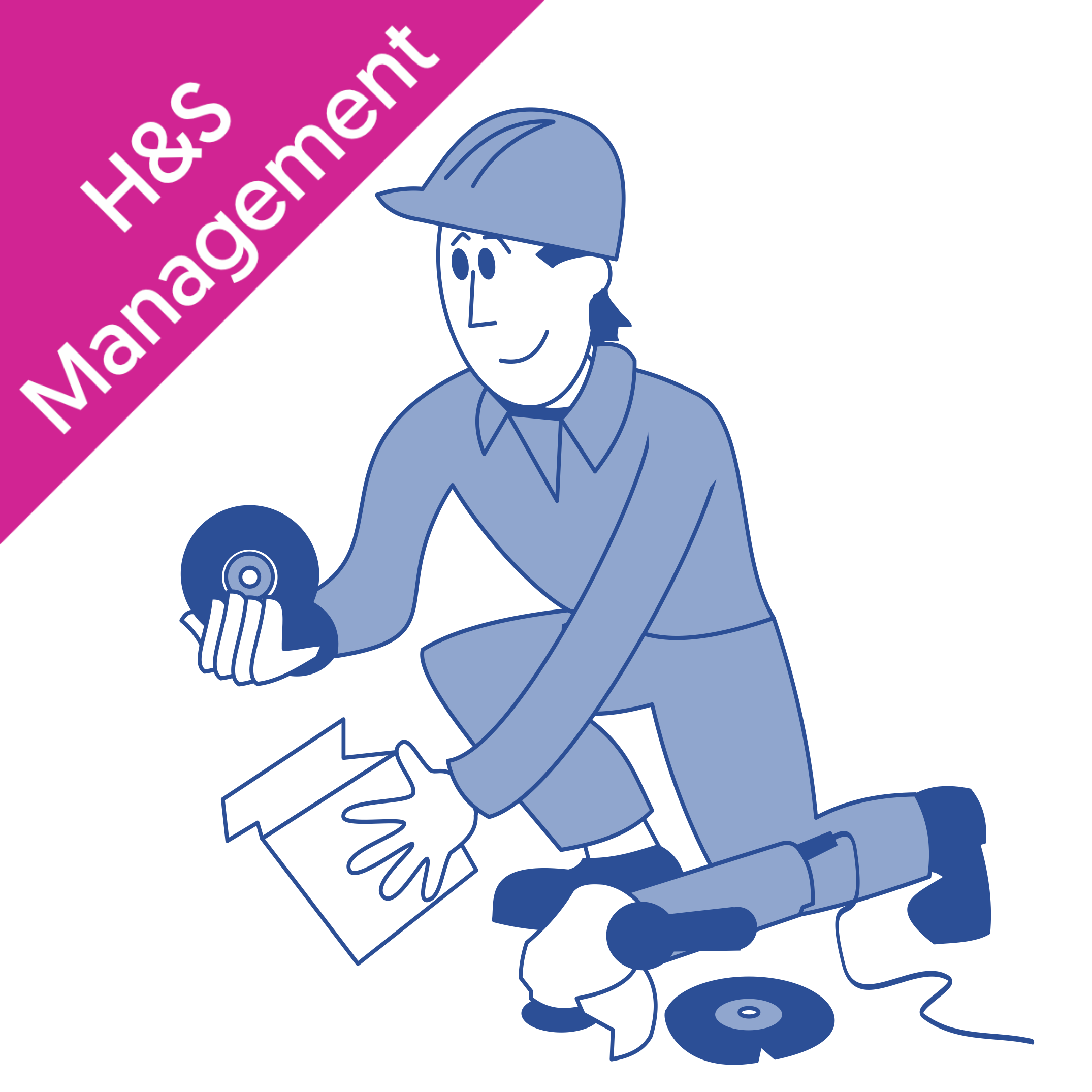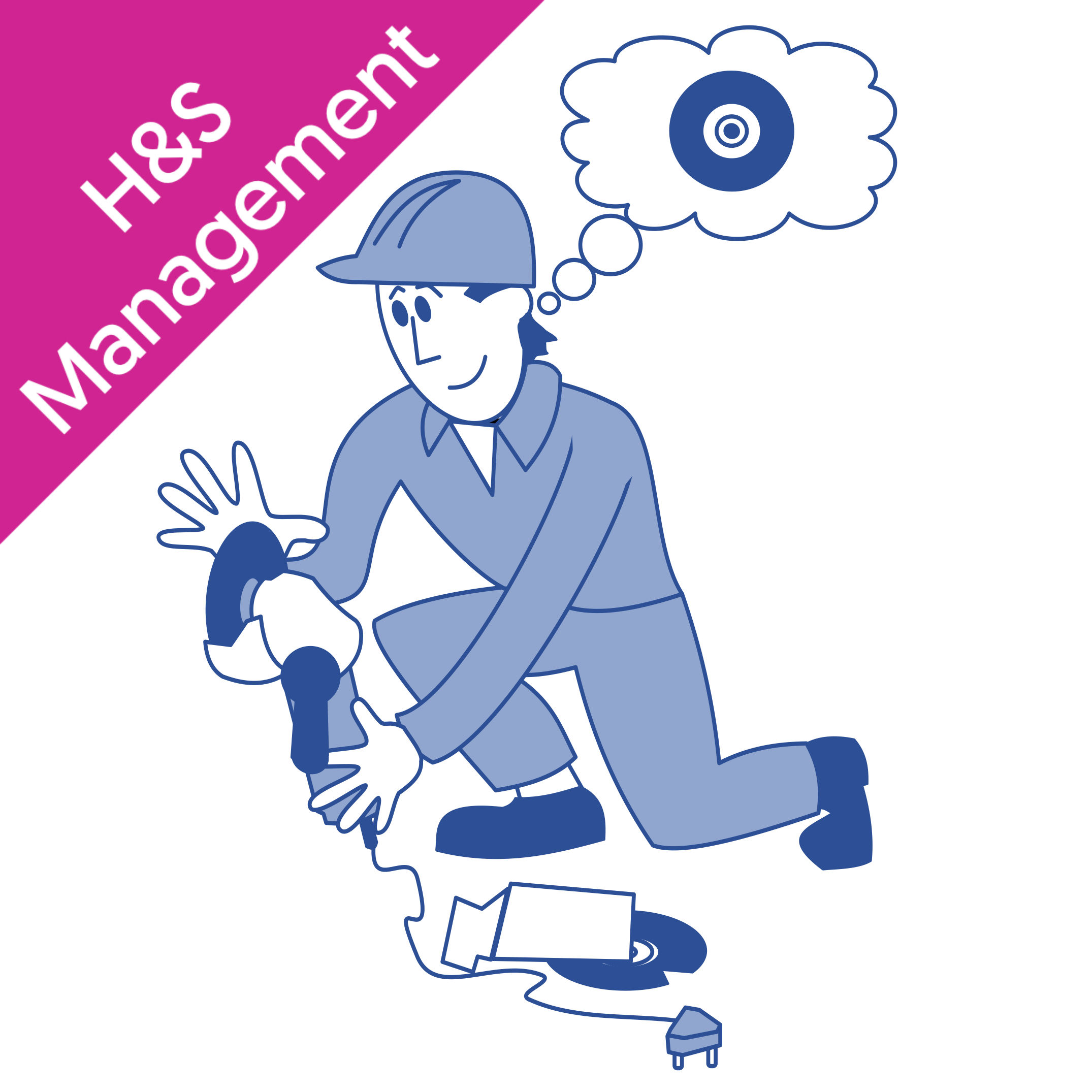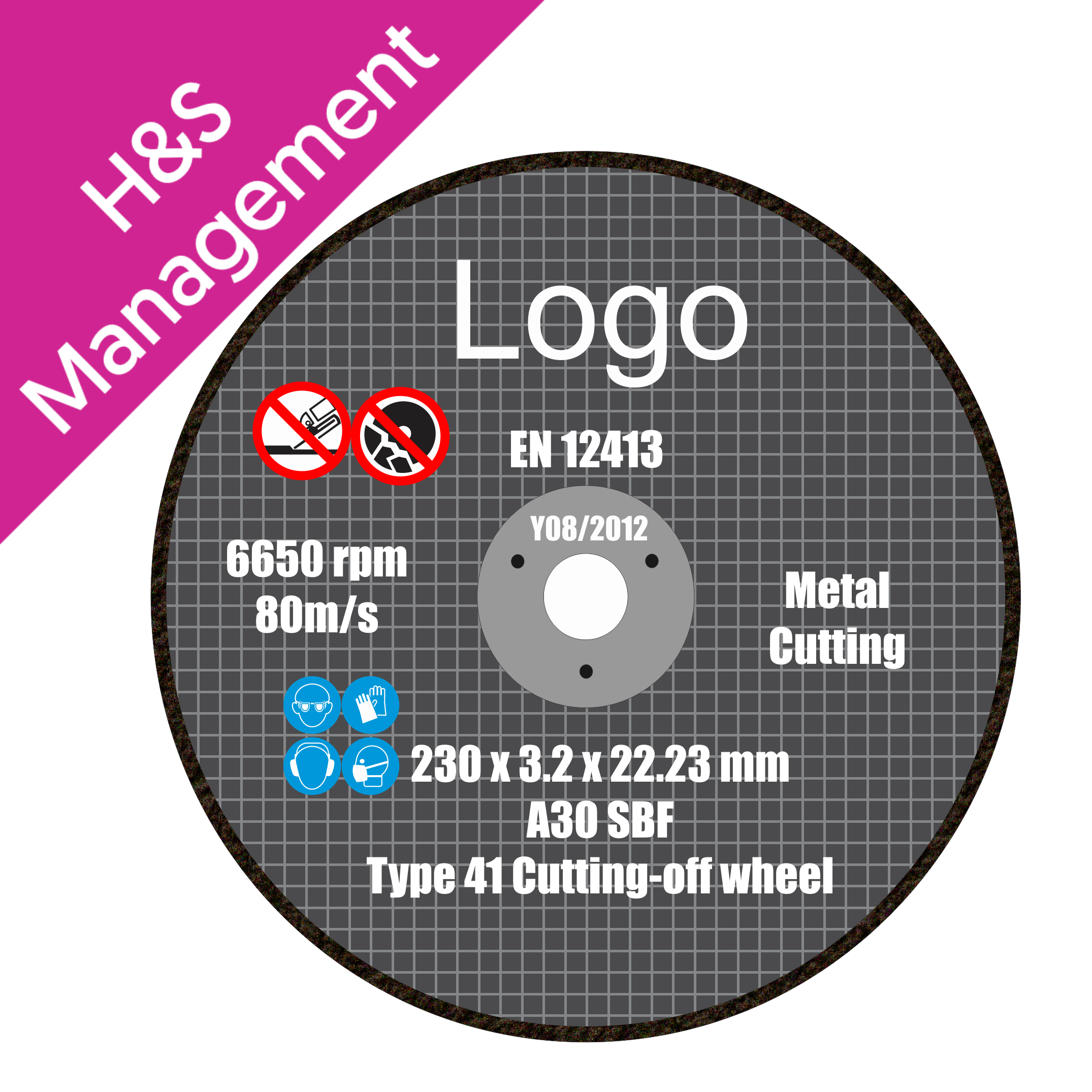HSG17 Guidance: Key Takeaways
HSG17 is a publication that contains guidance on how to safely use abrasive wheels. The latest edition was published in 2000 after being revised to incorporate the requirements of the Provision and Use of Work Equipment Regulations (PUWER) 1998, which are designed to ensure that work equipment is safe to use, regardless of its condition, age and origin.
When using an abrasive wheel, injuries caused by wheel breakage or contact with the wheel are common and usually occur due to operator error or unsafe working conditions. As a result, it is important that anyone who uses abrasive wheels at work understands the guidance contained within HSG17, and follows the advice it offers on the appropriate precautions that should be taken to avoid accidents.
In this article, we will look at the HSG17 guidance and explore some of the key takeaways from it.
HSG17: What are abrasive wheels, and how can they be used safely?
Abrasive wheels consist of abrasive particles bonded together with inorganic or organic bonding agents.
Every abrasive wheel is at risk of breakage, but this can be minimised by employing appropriate safety measures such as:
- Ensuring that wheels are adequately maintained, and only used for their intended purpose.
- Providing all employees with training that explains how abrasive wheels can be used safely.
Wheels breakage can also be minimised by manufacturers, who can incorporate certain elements into a wheel's design to make it safer, including:
- Fibre reinforcement
- Steel rings
- Safety inserts
- Tape winding
- Fine grit centre
It is important to note that wheel breakage can occur for a number of different reasons. For example, it may be poorly handled or used at an incorrect speed. As a result of this, and to comply with the Personal Protective Equipment Regulations 1992, people who work with abrasive wheels should wear protection that shields their head, eyes, hands and feet.
They should also be provided with safety training that covers how to use this protective equipment, how to check and test for damage, marking methods, guidance on storage and transport, the functions of all parts of the machine, the correct use of abrasive wheels, and any other necessary information.
HSG17: Examination, handling, storage and selecting an abrasive wheel
When beginning an operation that uses an abrasive wheel, the first thing to do is to select an appropriate wheel as the use of an improper wheel can lead to wheel breakage or damage the item that is being worked on. When selecting a wheel, the following important factors should be considered:
- The wheel's dimensions
- The shape and recess of the wheel.
- The speed of the machine on which the wheel will be used.
Also, abrasive wheels must be examined for damage before use, which can be done visually or, if appropriate, using a 'ring test'. This test involves tapping the wheel with a non-metallic tool and listening to the sound - if it sounds dead, it is not safe for use.
Once the operation is complete, any abrasive wheels used must also be stored correctly because moisture or improper positioning can result in damage to the wheel. Most wheels should be stored in a dry place and positioned horizontally or on their edges.
Finally, every abrasive wheel must be handled carefully as dropping it may result in breakage. The best way to transport a wheel is to use a truck or a conveyor and only roll it along a soft surface if absolutely necessary.
Refer to our blog on abrasive wheels if you require more information on the different types of abrasive wheel, and the importance of inspection.
HSG17: The Grinding Machine
Alongside checking the abrasive wheel itself, it is important that the grinding machine it is used on is safe to use. All parts of the grinding machine should be regularly maintained and kept in good condition. For example, the bearings of the machine should be appropriately lubricated as improper care might cause vibration that can lead to breakage.
Also, a method for turning the grinding machine on and off should be clearly marked and be easily accessible to the operator. On portable machines, this button or switch should be protected in such a way as to prevent it from turning on by accident.
Before mounting an abrasive wheel to a grinding machine, the operator must ensure that the wheel is suitable for use on the machine in question, and only fitted to spindles that can take its weight. It should never be screwed on the tapered spindle of a buffing machine, as it can break due to wedging.
HSG17: Mounting of Abrasive Wheels
A trained person should carry out mounting of abrasive wheels to minimise the risk of wheel bursting. The mounting process should be done according to the following rules:
- The speed of the machine must match the speed specified on the wheel or its identification label.
- The wheel must fit the spindle well, and be held firmly by clamping nuts.
- The bush must not project beyond the sides of the wheel and blotters.
- The flanges must not be smaller than required, and their bearing surfaces should be true and free from burrs.
- All flanges must be properly recessed and undercut, unless it is a single flange used with threaded-hole wheels.
- Wheels, blotters and flanges must be checked for any external contaminants.
- A guard should be must anchored between the user and the rotating wheel to contain the wheel parts if bursting occurs and prevent the operator from getting too close to the wheel.
HSG17: Portable and Hand-held Grinding Machines
Hand-held machines must be used with organic-bonded wheels, and additional reinforcement should be added if the device separates two workpieces, such as fibreglass.
When using portable and hand-held grinding machines, there will be additional safety measures specific to the device that must be considered. For instance, electric safety has to be considered when it comes to electric grinding machines and, with pneumatic machines, the compressed air supply should be checked to ensure that it is clean and water-free.
HSG17: Operation of Abrasive Wheels
Even when the design of the wheel and its mounting are correct, accidents can still occur with improper use. As a result, all operators should receive the appropriate training in using grinding machines. It is also essential to follow the aforementioned safety and maintenance rules, such as ensuring spindles are lubricated to prevent overheating, ensuring the area is free from obstructions, and checking the wheel for damage before use.
Operators should do a trial run before using new wheels. This involves letting them run free at normal operating speed for about a minute and inspecting all the machine's components before grinding.
If you work with abrasive wheels and need more in-depth information on how to safely use them, refer to our training course:




